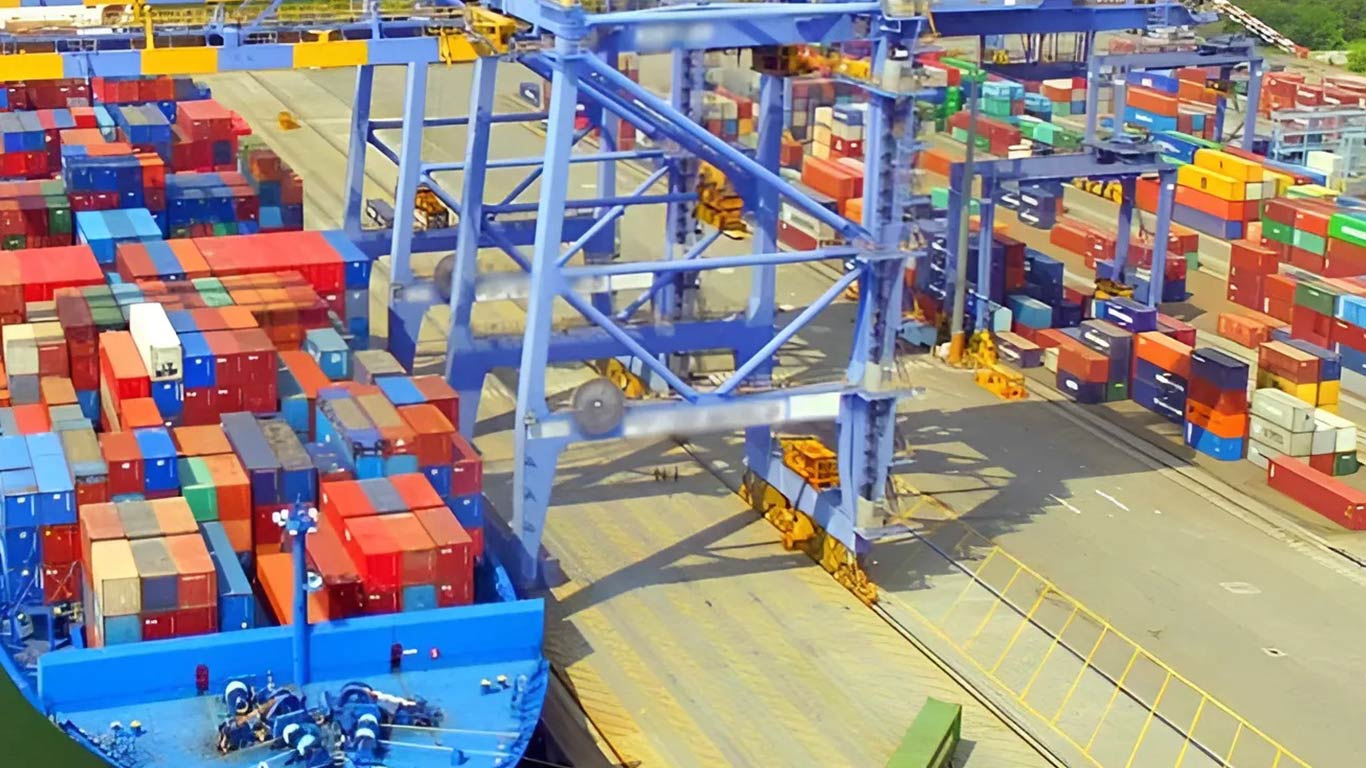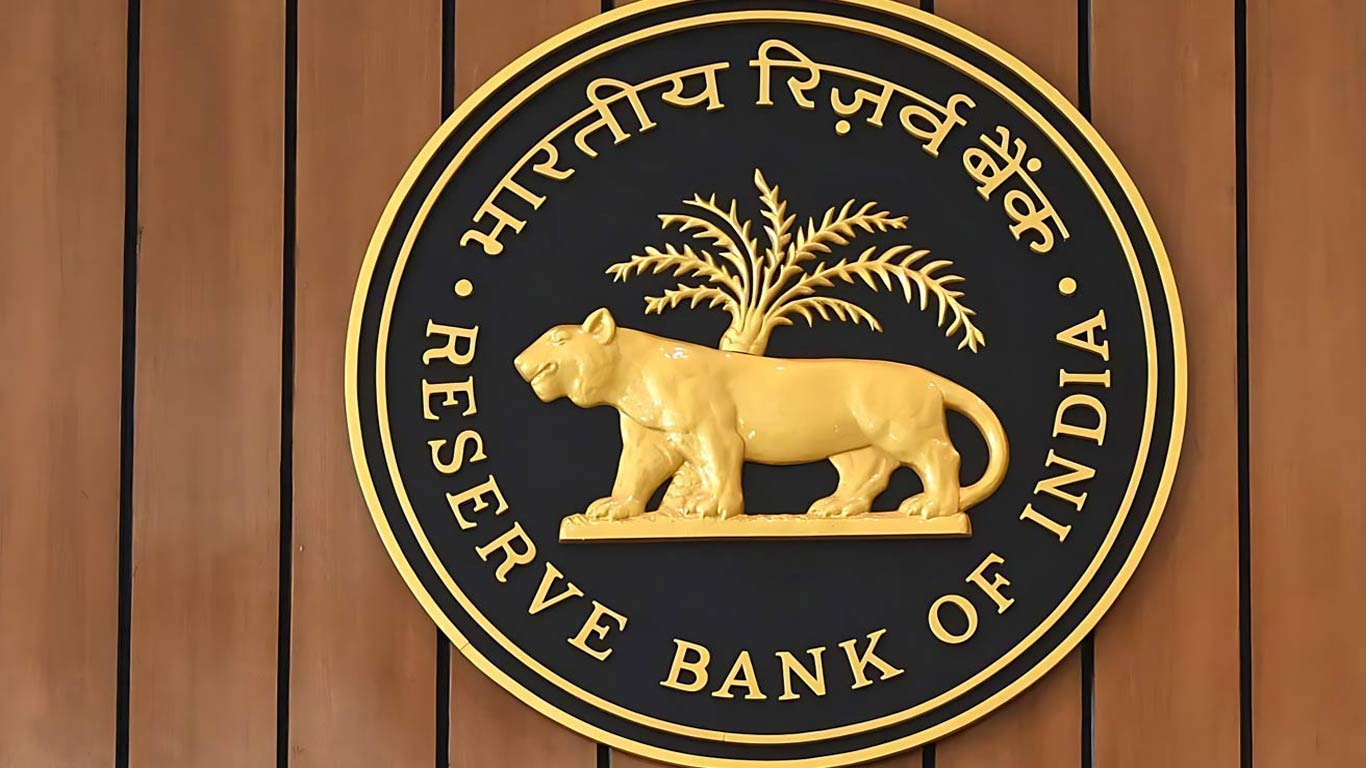RBI issues Compendium of Guidelines on Financial Inclusion and Development for Small Finance Banks
Updated: Jul 07, 2017 09:04:29am

RBI issues Compendium of Guidelines on Financial Inclusion and Development for Small Finance Banks
New Delhi, July 7 (KNN) RBI has issued Compendium of Guidelines on Financial Inclusion and Development for Small Finance Banks.
In order to give a thrust to the supply of credit to micro and small enterprises (MSEs), agriculture and banking services in unbanked and under-banked regions in the country, Reserve Bank had decided to licence new “Small Finance Banks (SFBs)” in the private sector.
Following a due process, in-principle approvals were given to ten applicants to set up SFBs vide press release dated September 16, 2015.
Operating Guidelines for Small Finance Banks were issued on October 6, 2016, which prescribed, inter alia, broad indicative guidelines in areas related to Financial Inclusion and Development.
In continuation with the same, comprehensive set of guidelines in the form of a compendium is Annexed. The guidelines are operational with effect from the date of this compendium.
According to the Compendium, considering the differentiated nature of business and financial focus of the SFBs and taking into account the important role that SFBs can play in the supply of credit to micro and small enterprises, agriculture and banking services the need for a specific compendium of guidelines for SFBs on areas relating to Financial Inclusion and Development have been prepared.
The provisions of these instructions shall apply to every Small Finance Bank licensed to operate in India by the Reserve Bank of India.
Small Finance Banks will have a target of 75 per cent for priority sector lending of their Adjusted Net Bank Credit (ANBC). While 40 per cent of ANBC should be allocated to different sub-sectors under PSL as mentioned below, the balance 35 per cent can be allocated to any one or more sub-sectors under the PSL, where the banks have competitive advantage.
For Micro Enterprises the target would be 7.5 percent of ANBC.
For Micro, Small and Medium Enterprises (MSMEs), the limits for investment in plant and machinery/equipment for manufacturing / service enterprise, would be as notified by Ministry of Micro, Small and Medium Enterprises, vide S.O.1642(E) dated September 9, 2006.
The Micro, Small and Medium Enterprises engaged in the manufacture or production of goods to any industry specified in the first schedule to the Industries (Development and Regulation) Act, 1951 and as notified by the Government from time to time. The Manufacturing Enterprises are defined in terms of investment in plant and machinery.
Service Enterprises Bank loans up to 5 crore per unit to Micro and Small Enterprises and 10 crore to Medium Enterprises engaged in providing or rendering of services and defined in terms of investment in equipment under MSMED Act, 2006.
Factoring Transactions Factoring transactions on ‘with recourse’ basis by banks which carry out the business of factoring departmentally, wherever the ‘assignor’ is a Micro, Small or Medium Enterprise, subject to the corresponding limits for investment in plant and machinery/ equipment and other extant guidelines for priority sector classification. Such outstanding factoring portfolios may be classified by banks under MSME category on the reporting dates.
Factoring transactions taking place through the Trade Receivables Discounting System (TReDS) shall also be eligible for classification under priority sector.
Other Finance to MSMEs would be –
Loans to entities involved in assisting the decentralized sector in the supply of inputs to and marketing of outputs of artisans, village and cottage industries.
Loans to co-operatives of producers in the decentralized sector viz. artisans, village and cottage industries.
Credit outstanding under General Credit Cards (including Artisan Credit Card, Laghu Udyami Card, Swarojgar Credit Card, and Weaver’s Card etc. in existence and catering to the non-farm entrepreneurial credit needs of individuals).
Overdrafts extended by banks after April 8, 2015 upto Rs 5000/- under Pradhan Mantri Jan Dhan Yojana (PMJDY) accounts provided the borrower’s household annual income does not exceed Rs 100,000/- for rural areas and Rs 160,000/- for non-rural areas. These overdrafts will qualify as achievement of the target for lending to Micro Enterprises.
Outstanding deposits with SIDBI and MUDRA Ltd. on account of priority sector shortfall.
Further, in order to ensure that MSMEs do not remain small and medium units merely to remain eligible for priority sector status, the MSME units will continue to enjoy the priority sector lending status up to three years after they grow out of the MSME category concerned.
During the first financial year of operation, Export Credit subject to a limit of up to Rs 25 crore per borrower to units having turnover of up to Rs 100 crore will be classified as priority sector.
However, for subsequent financial years only incremental export credit over corresponding date of the preceding year, up to 2 percent of ANBC shall be treated as priority sector. Export credit includes pre-shipment and post-shipment export credit (excluding off-balance sheet items) as defined in Master Circular on Rupee/Foreign Export Credit and Customer Service to Exporters issued by our Department of Banking Regulation. (KNN Bureau)











